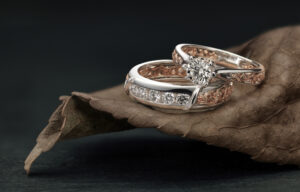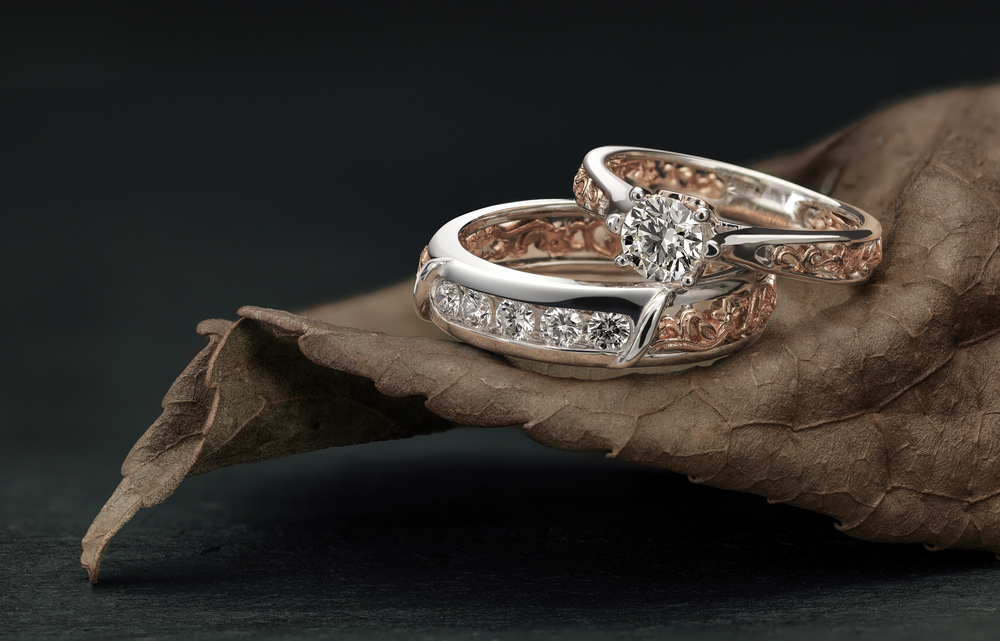
Diamonds are some of the most sought-after gemstones in the world. Their beauty, durability, and rarity make them highly prized by people from all walks of life. However, before diamonds can be set into jewelry or used for industrial purposes, they must first be cut. In this article, we will explore the reasons why diamonds are cut, as well as the science and art behind the diamond-cutting process.
The Importance Of Diamond Cutting
Diamonds in their natural state are rough, unpolished, and often irregularly shaped. It is only through the process of cutting and polishing that they are transformed into the dazzling gemstones we know and love. A well-cut diamond will also exhibit optimal symmetry, proportions, and angles, ensuring that light is reflected and refracted to produce a spectrum of colors and sparkle.
The History Of Diamond Cutting
The history of diamond cutting dates back thousands of years, with the earliest evidence of diamond cutting dating back to ancient India in the 4th century BC. Over time, diamond-cutting techniques evolved and spread to other regions, including Europe and the Americas. It wasn’t until the 20th century, however, that diamond cutting truly became an art form, with the development of advanced cutting tools and technologies.
The Science And Art Of Diamond Cutting
Diamond cutting is both a science and an art, requiring a deep understanding of the physical properties of diamonds and the ability to craft them into precise shapes and sizes. The cutting process involves several stages, including planning, cleaving, bruting, polishing, and final inspection. Each stage requires specialized skills and equipment, as well as careful attention to detail and precision.
Lab-Grown Diamonds: A Viable Alternative To Mined Diamonds

As concerns about the environmental and social impact of diamond mining continue to grow, many consumers are turning to lab-grown diamonds as a more ethical and sustainable alternative. Lab-grown diamonds are created in a controlled environment using advanced technologies that replicate the natural diamond-growing process. These diamonds are chemically, physically, and optically identical to mined diamonds, and are graded and certified by the same independent gemological institutes.
Are Lab-Grown Diamonds Fake?
One common misconception about lab-grown diamonds is that they are “fake” or of lower quality than mined diamonds. However, this is simply not true. Lab-grown diamonds offer the same beauty, durability, and value as mined diamonds, but with the added benefits of sustainability and ethical sourcing. Consumers can now buy lab-grown diamonds online with confidence, knowing that they are making a responsible and eco-friendly choice.
